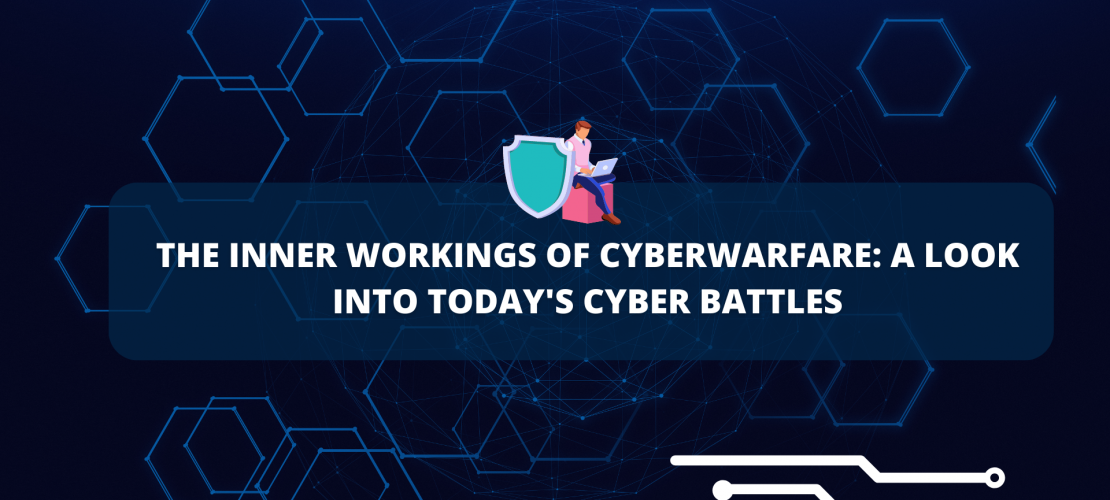The battlefield of the 21st century has expanded beyond land, sea, and air to a new domain: cyberspace. Today, cyberwarfare plays a significant role in conflicts between nations and even between non-state actors. This blog post aims to delve into the inner workings of cyberwarfare and provide insight into today’s digital battles.
Understanding Cyberwarfare
Cyberwarfare refers to the use of digital attacks, like hacking and phishing, by one nation-state or international actor to damage another’s information networks. These attacks can disrupt infrastructure, steal sensitive information, or spread disinformation, causing significant harm without any physical violence.
The Mechanics of Cyberwarfare
Modern cyberwarfare involves several strategies and tactics, some of which include:
- Espionage and Data Breaches: Cyber espionage involves the unauthorized probing and infiltration of a nation’s networks to gather critical and sensitive data. This data can reveal valuable information about a country’s defense systems, economic plans, or political strategies.
- Infrastructure Attacks: Cyberattacks can target a nation’s critical infrastructure, such as power grids, communication networks, or transportation systems. By disrupting these services, a cyberattack can cause substantial societal disruption and economic damage.
- Propaganda and Disinformation: Cyberwarfare can also involve the spread of propaganda or disinformation to influence public opinion and sow discord. This strategy can undermine public trust in government institutions and influence political outcomes.
- Weaponizing Malware: Malware, like viruses, worms, or ransomware, can be weaponized to damage a nation’s cyber infrastructure. These digital weapons can corrupt systems, steal data, or hold a network hostage until a ransom is paid.
The Inner Workings of a Cyberattack
While the tactics used in a cyberattack can vary, most follow a similar process:
- Reconnaissance: Attackers first gather information about the target, identifying vulnerabilities they can exploit.
- Weaponization and Delivery: The attackers then create a malicious tool (like a virus or worm) and deliver it to the target system. This can be done through methods like phishing emails or infected USB drives.
- Exploitation and Installation: Once inside the system, the attackers exploit the identified vulnerabilities to install their malicious tool.
- Command and Control: The attackers then establish a command and control channel to their tool, allowing them to control it remotely.
- Actions on Objectives: Finally, the attackers carry out their intended actions, like stealing data, disrupting services, or spreading disinformation.
Defending Against Cyberwarfare
Defending against cyberwarfare involves a multi-faceted approach, including robust cybersecurity measures, continuous network monitoring, cybersecurity education, and international cooperation.
In conclusion, cyberwarfare represents a significant shift in the nature of conflict in the 21st century. As battles increasingly play out in the digital realm, understanding the mechanics of cyberwarfare becomes crucial for national security and global stability. As we move further into the digital age, the significance of cyberwarfare will only continue to grow, underscoring the importance of robust cybersecurity practices and international cooperation.




